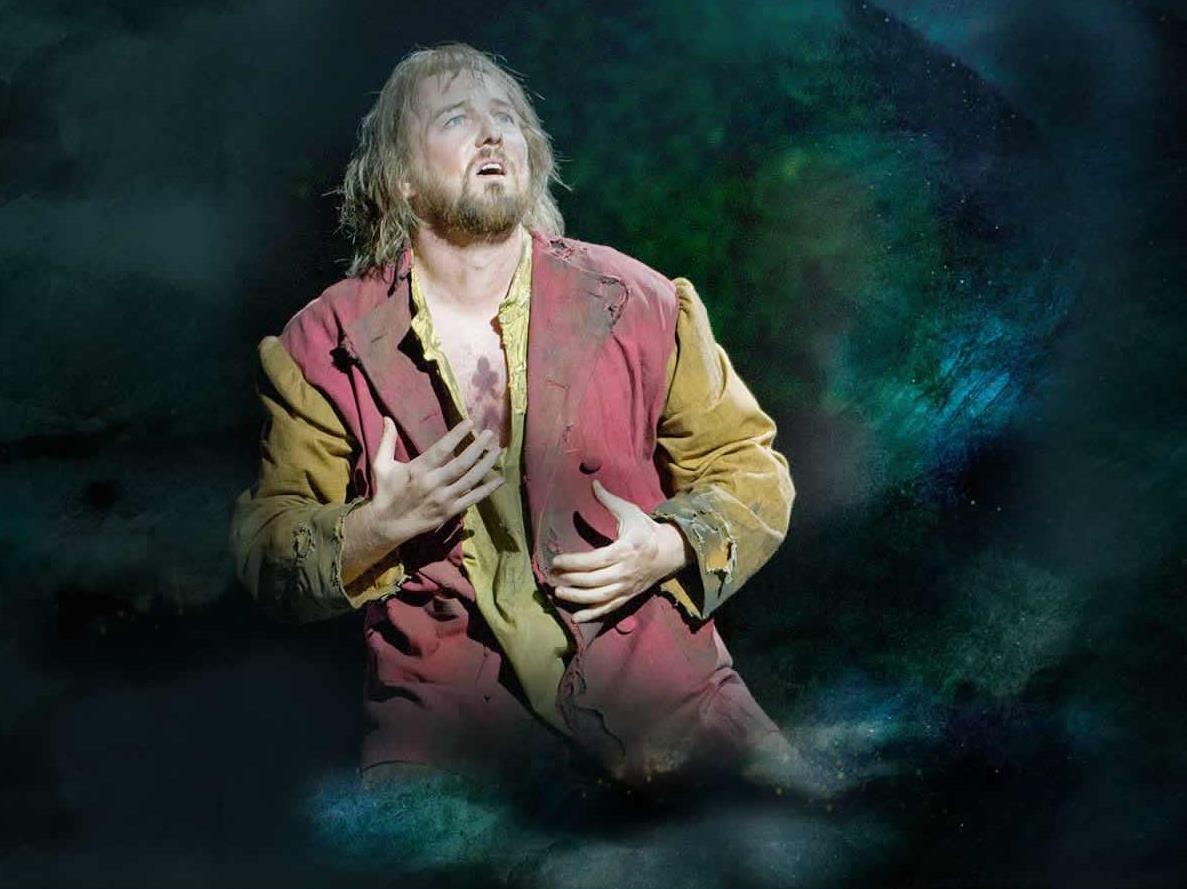Even before the curtain goes up on this new production of Les Misérables, we have a sense that we are in for a treat.
The beautiful watercolour-style curtain, based on the paintings of Victor Hugo himself, evokes the 19th century novel on which the musical is based and sets us up for a rendition that has all the spectacle of the original but a touch more depth and drama.
Les Misérables is for good reason the world’s longest continuously running musical. It works on so many levels: dramatically, musically and thematically.
The setting, the unsuccessful Paris Uprising of 1832, has extraordinary dramatic potential which is used to the full. This is a huge story, a time when the democratic instincts of post-revolutionary France came face to face with the brutal authority of the revived monarchy, an important staging post on the path to the political freedom we now take for granted.
Hugo’s novel is a vast and deep evocation of important emotional, political and ethical struggles embedded in deep human tragedies and triumphs. Alain Bourbil’s book for the musical is extraordinary in extracting the drama in the necessarily simpler narrative while retaining the sense of depth that makes this musical operatic in scale and style. Claude-Michel Schonberg’s magnificent score delivers beautiful and stirring melodies that truly tell the story with aching emotion.
It is no wonder that it is such a popular work and that 30 years after Les Misérables was launched in London – and 25 years after its first Australian season – it has been revived with this new production directed by Laurence Connor and James Powell.
They bring us a Les Mis which is a little crisper and a little slicker than the original, a fast-moving polished production which meets the demands of the more sophisticated 21st Century audiences without getting carried away by the technology.
The design uses sophisticated projections that were not available a generation ago and are wonderfully evocative, particularly when the characters weave their way through the underground sewers of Paris.
The choreography and staging are managed with great care to maximum effect so that they do not draw attention to themselves but present the best possible stage for the characters and the music. The production emphasises the drama and in the first half the directors held the reins tightly over the music giving us a degree of groundedness and even realism. This loosened up a little in the second half allowing the expressive nature of the music to provide a number of climatic moments.
On opening night, the orchestra was in great form, playing with extraordinary brio under the baton of Geoffrey Castles and the cast made the most of the work’s dramatic potential. The voices held back during a fast-paced first half – but when they let go the cast turned out to be not only dramatically well-balanced but also able to deliver sublime moments of musical beauty. Simon Gleeson as Jean Valjean and Hayden Tee as Javert had superb chemistry and finely matched voices. Tee was consistently powerful yet human, both vocally and in his creation of the anti-hero. Gleeson gave us a layered Valjean and cut to the core in his prayerful rendition of ‘Bring him home’. Another standout was Kerrie Anne Greenland, who soared in Eponine’s solo ‘On My Own’.
Audiences are spoilt for choice in the selection of musicals around this year. We hope you can see many of them but if you have to choose then for spectacle, drama and sheer sensation Les Misérables is truly magnificent.
Rating: 5 out of 5 stars
Les Misérables
Her Majesty’s Theatre, Melbourne
Perth season opens January 2015
Sydney season dates to be announced





